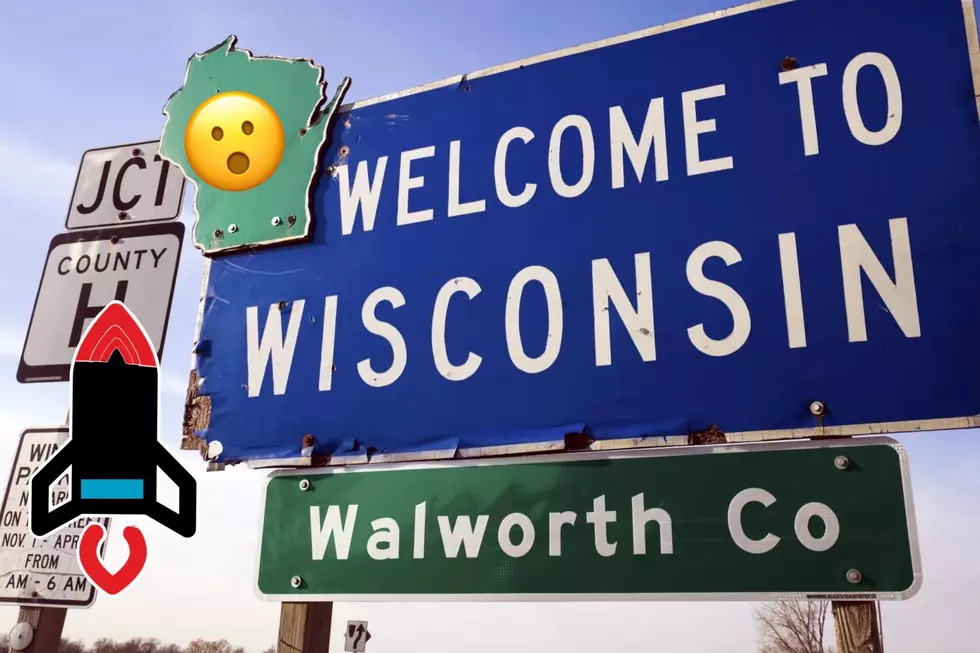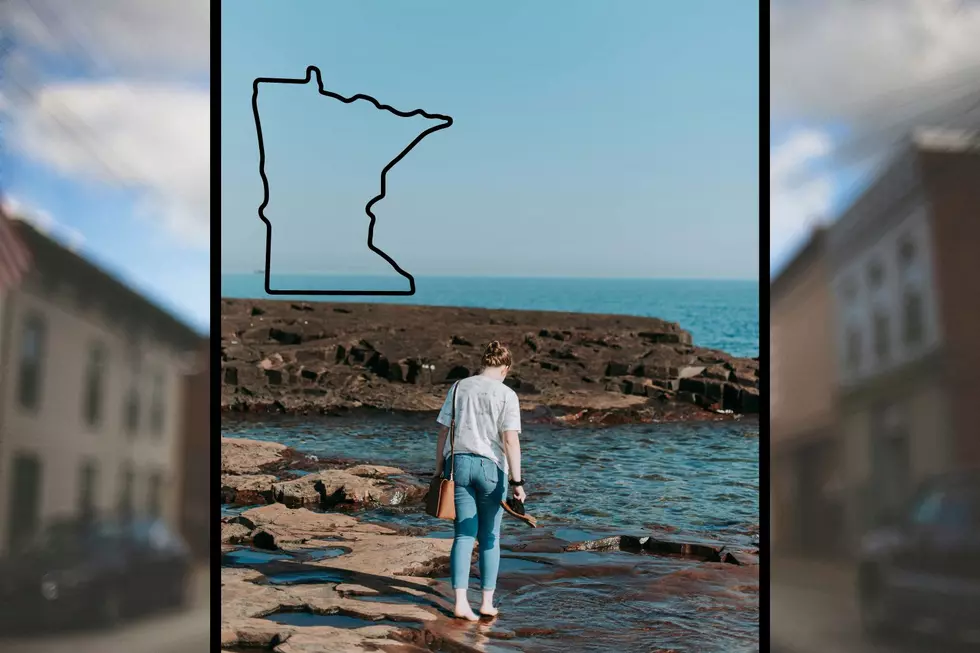
Ask A Minnesota State Trooper – Why Aren’t School Buses Equipped With Seatbelts?
This week's question: I have often wondered why school buses are not equipped with seatbelts. What is the reason for this?
Answer: With school having recently started this is an excellent topic. I do get asked this question fairly often. So in response to the topic of transporting our world’s most precious cargo (our children), this is what I’d like to say. In Minnesota, school buses make at least 10,000 school bus trips daily. According to the National Highway Traffic Safety Administration, school buses are the safest mode of transportation for children — children are eight times safer riding in a bus to school than any other vehicles. There are three main reasons why I understand that school buses are not equipped with seatbelts.
- School buses are larger and heavier, which means that the mass and weight of the bus is designed to take the bulk of the crash force. They are also far less likely to rollover in a crash.
- School buses must be federally regulated to provide for compartmentalization. Compartmentalization means that the interior of large school buses must provide occupant protection so that children are protected without the need to buckle up. This is done through strong, closely spaced seats, energy absorbing foam seat backs, and a 24-inch seat height. It’s easier to visualize this if you think about an egg carton and how it protects the eggs. This is why the bus driver is reminding the passengers to please sit down, face forward, and keep the aisles clear.
- The chassis of the school bus is designed to separate from the body of the bus in a crash to slow down and spread the crash forces over the entire body of the bus.
More children are killed outside of a school bus than they are as bus occupants. Motorists must anticipate children in a school bus “danger zone” — the area around a bus where most injuries and deaths occur. Parents should discuss and demonstrate pedestrian safety with their children and reinforce safe crossing before entering and exiting a bus:
- When getting off a bus, look to be sure no cars are passing on the shoulder (side of the road).
- Before crossing the street, take five “giant steps” out from the front of the bus, or until the driver’s face can be seen.
- Wait for the driver to signal that it’s safe to cross.
If you have any questions concerning traffic related laws or issues in Minnesota send your questions to Trp. Troy Christianson – Minnesota State Patrol - Troy.Christianson@state.mn.us
More From 106.9 KROC-FM









